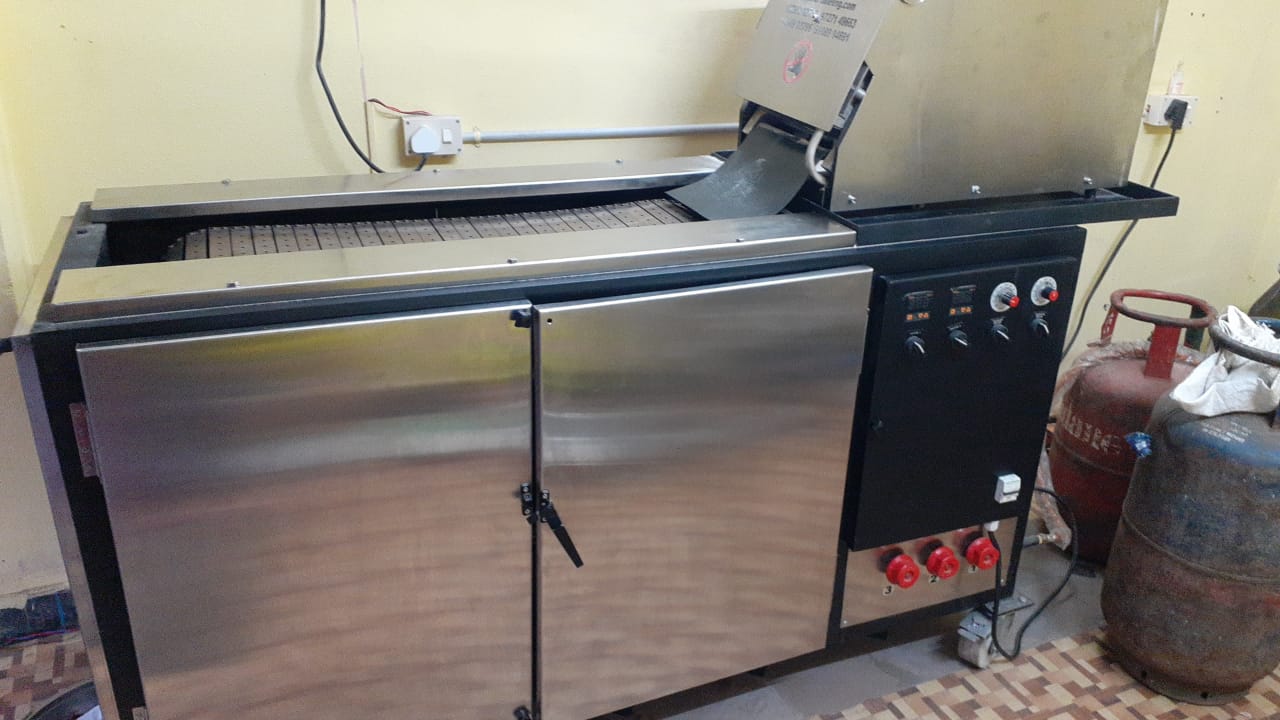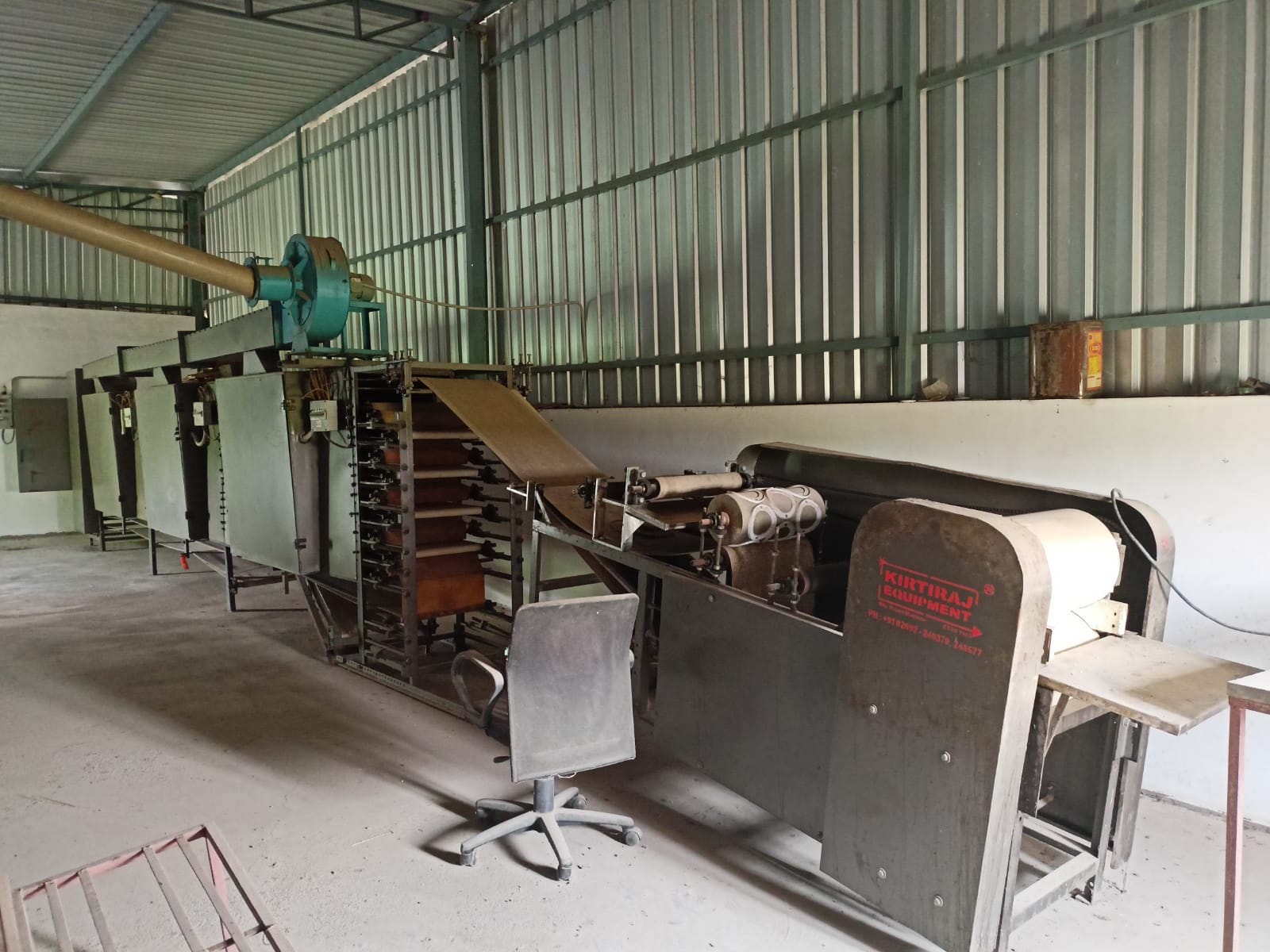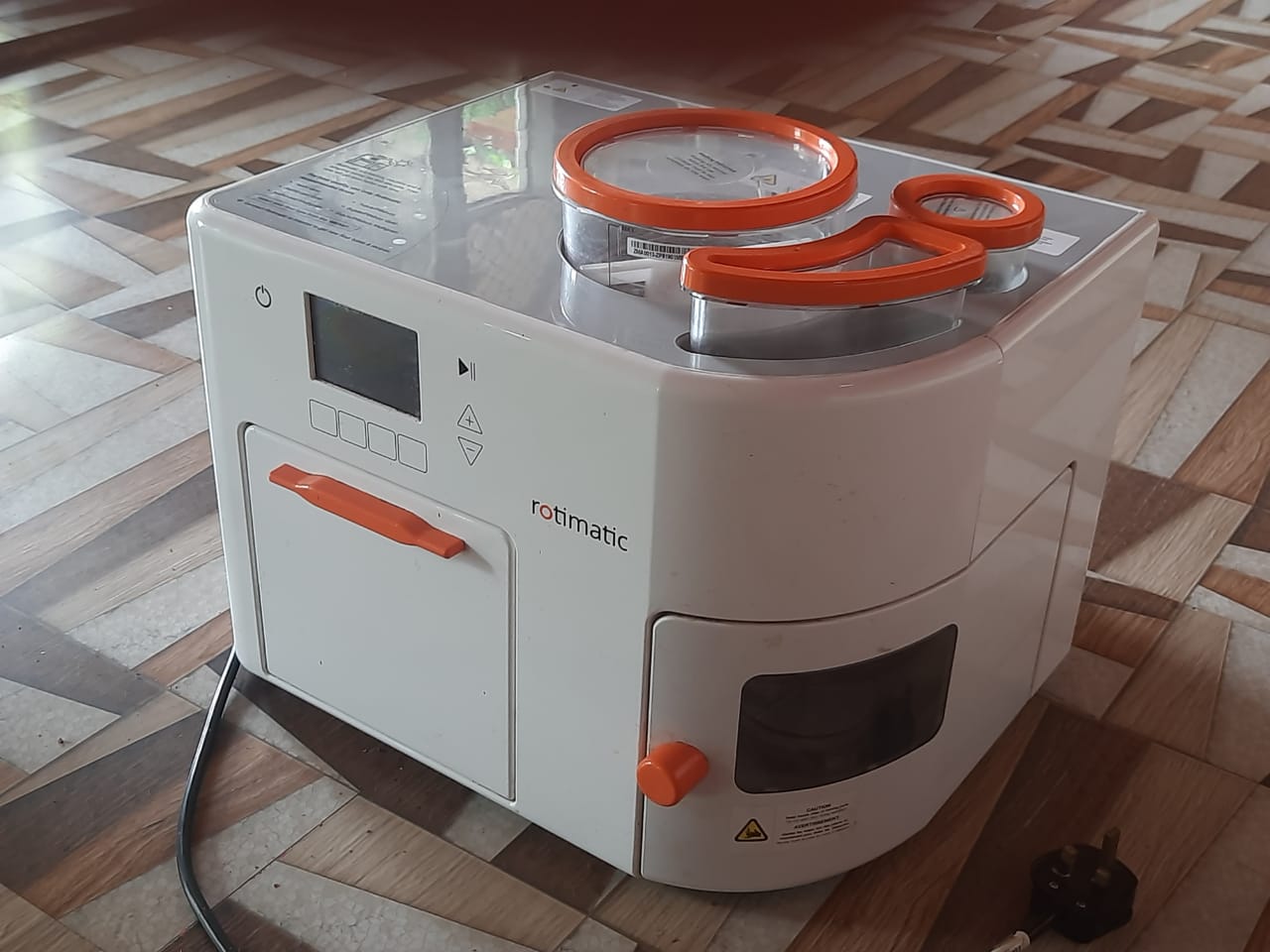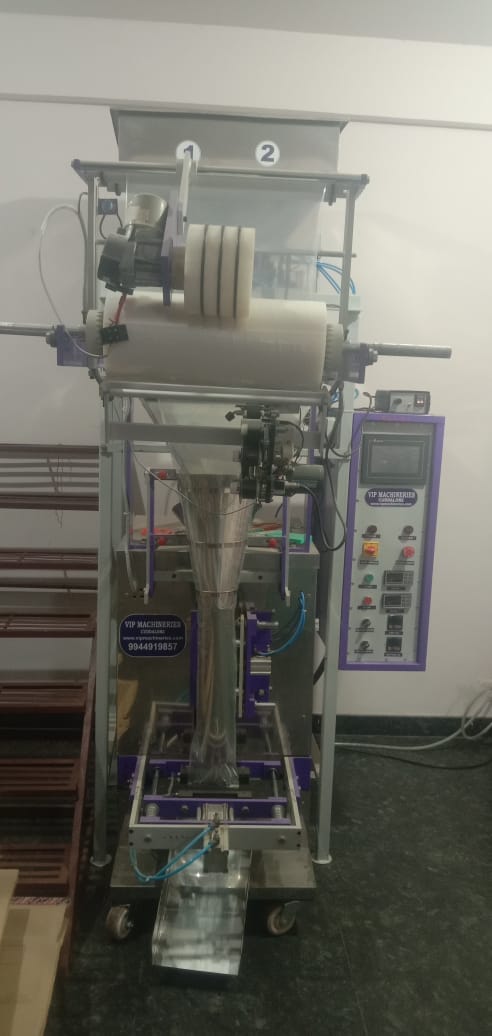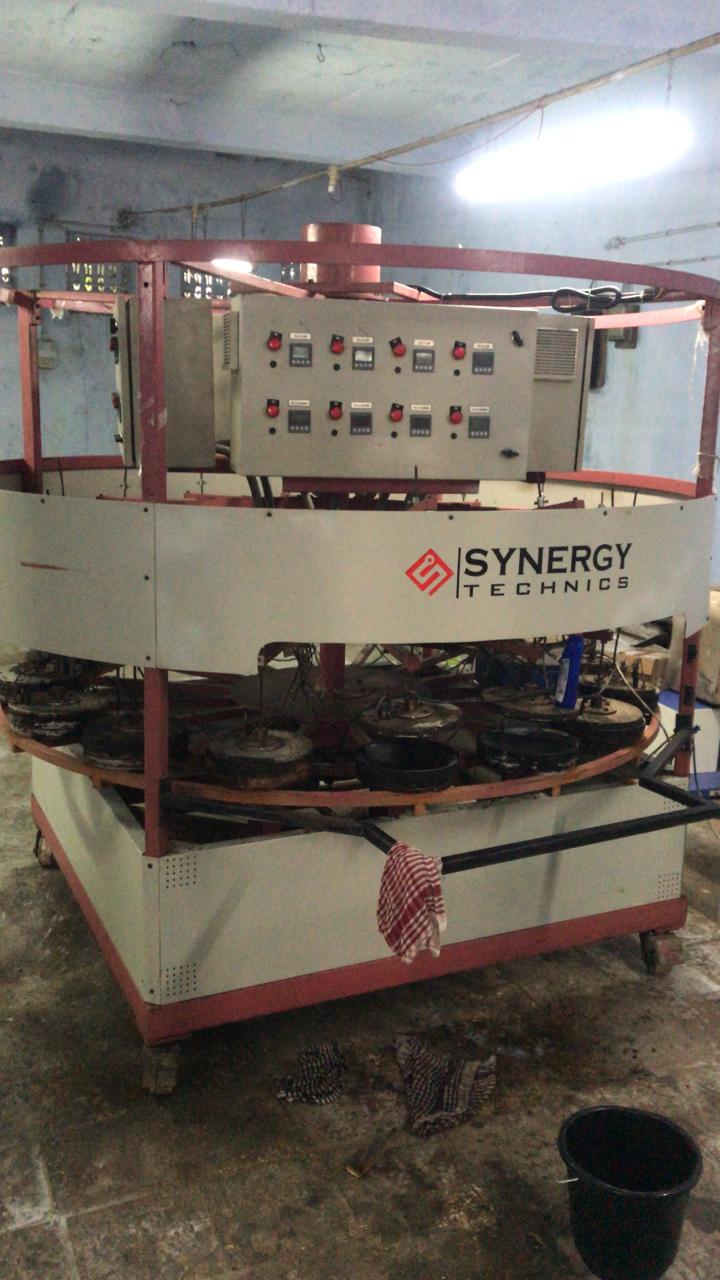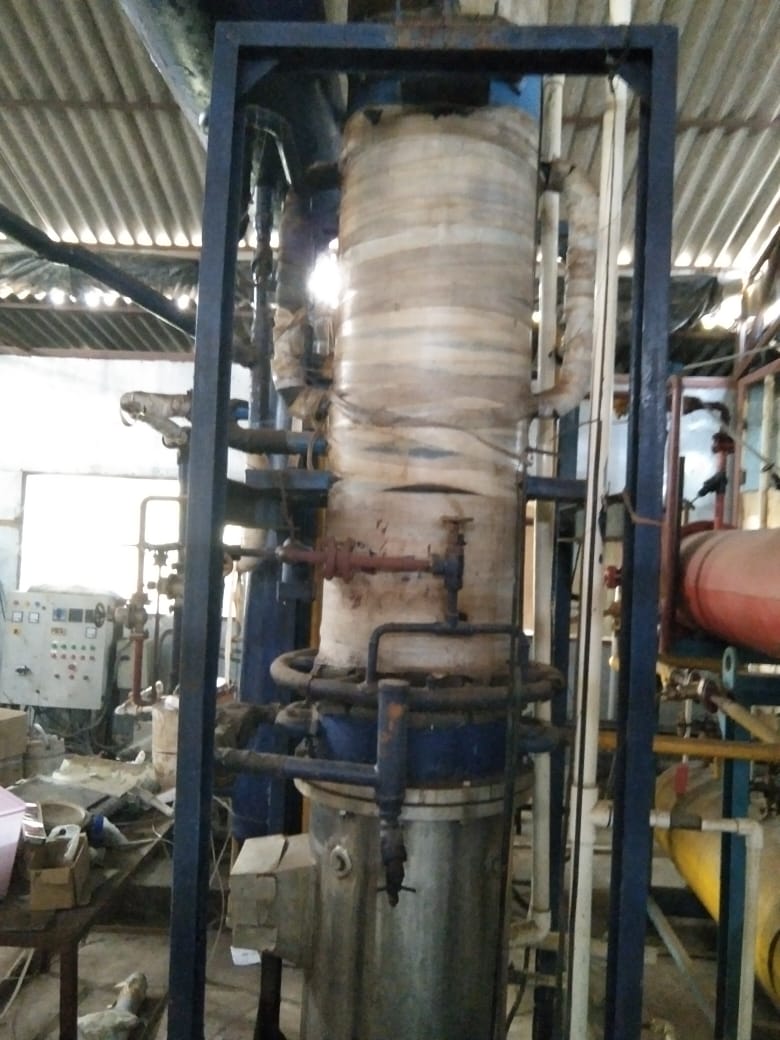This is a Sakthi Automatic Papad Making Machine
Product Specification
| Applicable Papad Size | Mini,Medium,Large |
| Automatic Grade | Automatic |
| Production Capacity | 0-40 kg/day,40-100 kg/day,100-200 kg/day,200-300 kg/day,300-500 kg/day,>500 kg/day |
| Brand | SAKTHI |
| Power Consumption | 1 HP |
| Capacity Kilogram | Starts From 20Kg/Hr |
A papad making machine is a specialized machine used for the production of papads, which are thin, crispy Indian flatbreads typically made from lentil, chickpea, or rice flour. These machines are designed to automate and streamline the papad-making process, making it more efficient and cost-effective for manufacturers.
Here are the key components and features typically found in a papad making machine:
- Dough Mixer: The machine may include a dough mixer to prepare the dough. This mixer combines the ingredients, such as flour, spices, salt, and water, to form a smooth and consistent dough. The dough mixer can be manual or automated, depending on the machine’s design.
- Dough Sheeter: The dough sheeter is responsible for rolling out the dough into thin, flat sheets. It consists of a pair of rollers or a conveyor system that compresses the dough to the desired thickness. The thickness can typically be adjusted to produce different types of papads.
- Cutting Mechanism: Once the dough is rolled into thin sheets, a cutting mechanism is used to cut the sheets into the desired shape and size of the papads. This mechanism can be a rotary cutter or a set of cutting blades that are adjustable to produce uniform papads.
- Drying Conveyor: After the papads are cut, they need to be dried to remove moisture and make them crispy. The papad making machine usually includes a drying conveyor where the cut papads are placed for drying. The conveyor may have heating elements, such as infrared heaters or hot air blowers, to facilitate faster drying.
- Automatic or Manual Handling: Depending on the machine’s design, it may offer automatic or manual handling of the papads. Automatic machines can handle the process from dough preparation to cutting, drying, and packaging, while manual machines may require some manual intervention at different stages.
- Control Panel: The machine may have a control panel that allows operators to adjust settings such as dough thickness, cutting speed, drying temperature, and conveyor speed. This enables operators to customize the production process according to their requirements.
It’s important to note that the specific features and capabilities of a papad making machine can vary depending on the manufacturer and model. Some advanced machines may offer additional functionalities, such as multiple cutting options for various papad shapes, automatic dough feeding, and stacking systems for efficient handling
It is in a good working condition.
No pending loan against the machine.
It has been Recently serviced.



